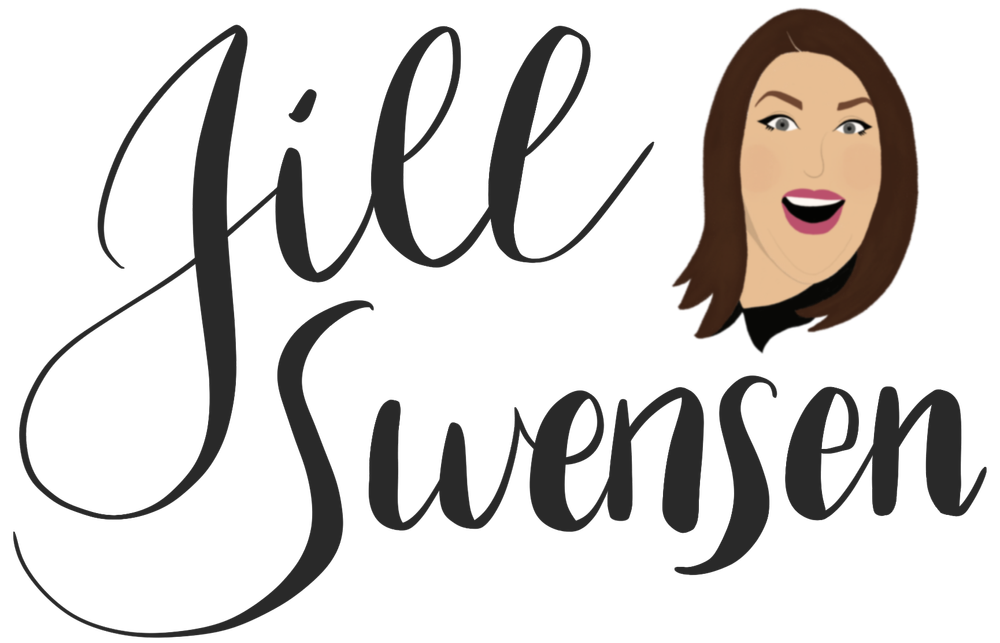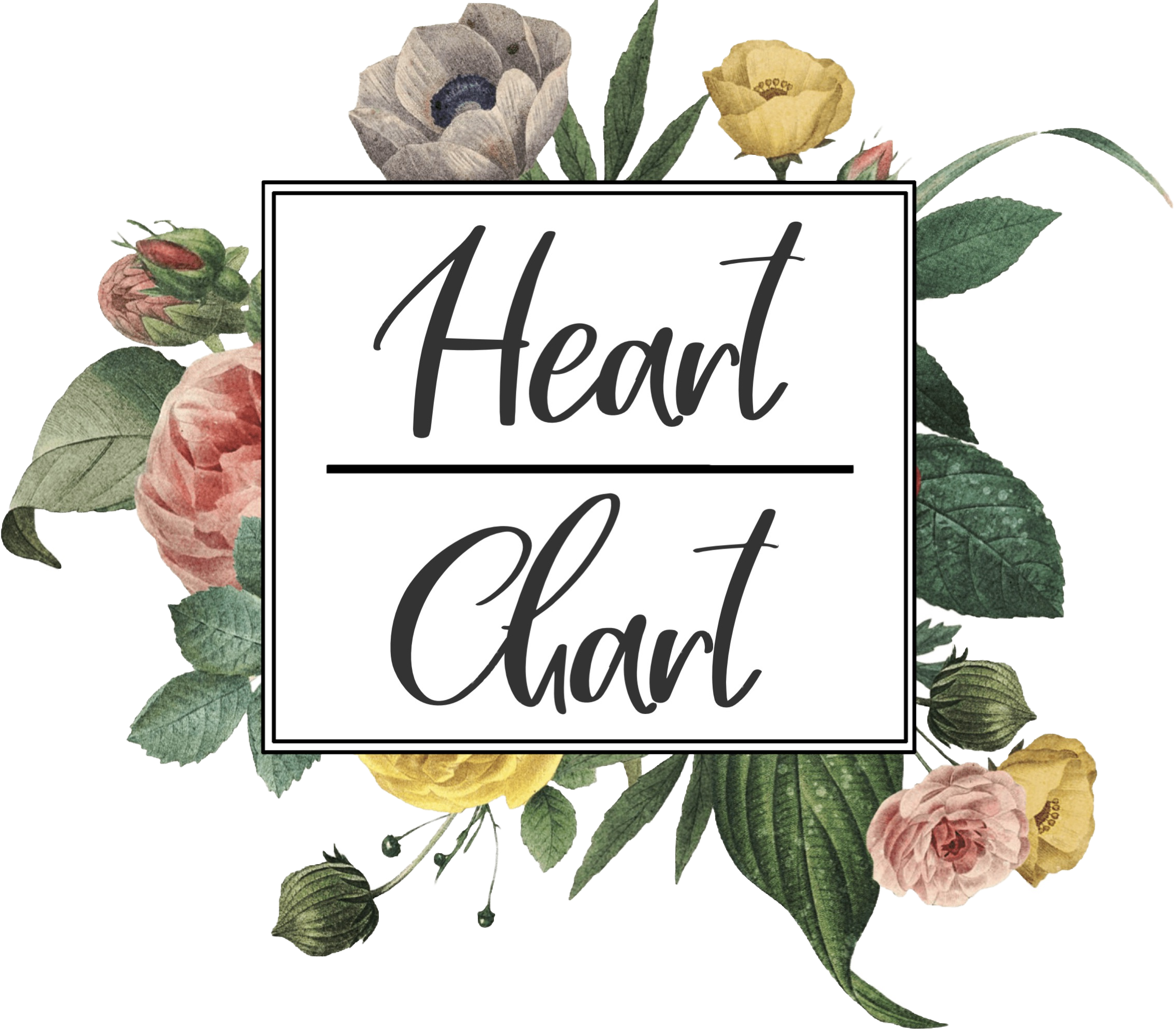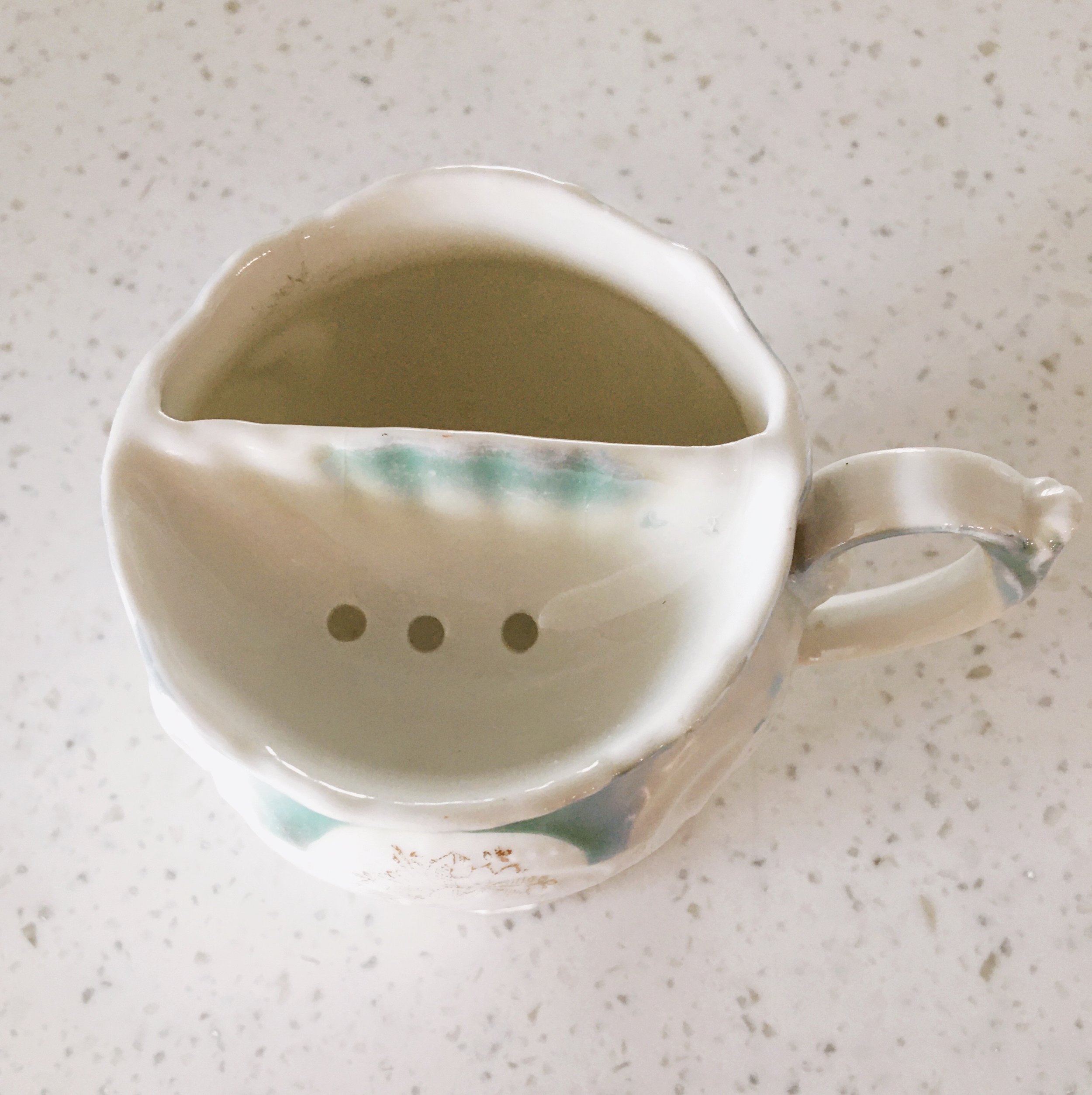My parents had a curio cabinet filled with heirlooms, photos, and mementos. I don’t remember how old I was when I noticed the mug, but I remember thinking it looked like a grownup sippy cup. I asked my mom what it was. Turns out it was a mustache cup that belonged to my 2nd great grandfather.
I had no idea what a mustache cup was. She explained that when men had bushy mustaches, they used these cups to keep them clean and dry while they drank. I understood immediately why they were needed after my mom showed me a picture of my ancestor, Williams Peter Camp, Sr.
Williams Peter Camp Sr.
I wasn’t sure how the cup ended up with our family instead of one of my aunts and uncles, but what I do know is that after my parents pass, only one of my siblings is getting the mustache cup.
When heirlooms are passed down from generation to generation, it happens because a story is associated with them. When the story is gone, the heirloom becomes another item to dust and it ends up being donated or thrown away.
Frankly, I don’t care about getting the mustache cup. What I care to keep is the memory associated with it. If I take a picture of the cup, record what it is and who it belonged to, I can upload that to FamilySearch in the Memories section for Williams Peter Camp Sr. That allows ALL of his descendants to see the cup, read the story, and connect with him.
My responsibility at church involves helping the young women ages 11-18 experience family history. This week, I asked them to bring a personal heirloom—something with meaning that they would pass down to their children. I set up a lightbox and we took pictures of each item. They were then able to upload them to their personal memories on FamilySearch with a description of what it was and why it’s important.
Now they’re empowered to do the same thing for their ancestors’ heirlooms. All these were taken with my phone, so it doesn’t take a fancy camera or special skills. You don’t need a lightbox either. Just get some white posterboard and go by a window with good lighting. (South-facing windows are great.) Make sure your background is simple so the item stands out. You can even photograph things on the posterboard. If the lighting is uneven, use the posterboard to reflect light on the opposite side of the window. You’re now ready for your heirloom photo shoot.
Don’t forget to attach the memory to the photo when uploading it. Without the story, the item is worth far less. With it all uploaded to FamilySearch, all of your ancestors’ descendants can feel more connected to the item and their family.










